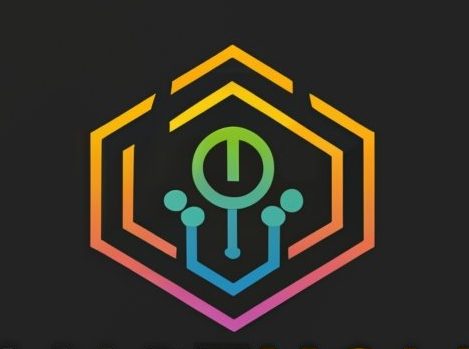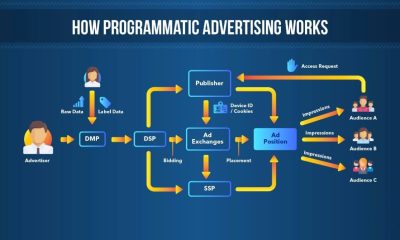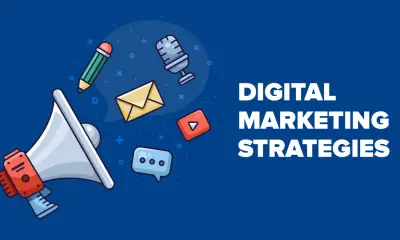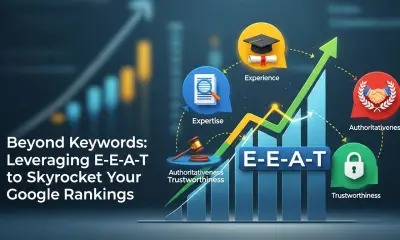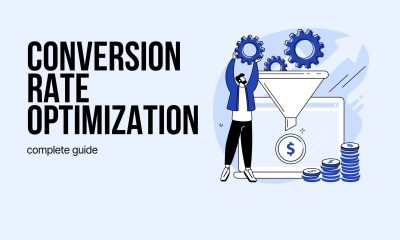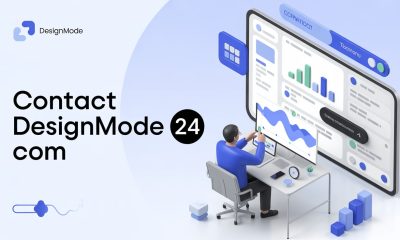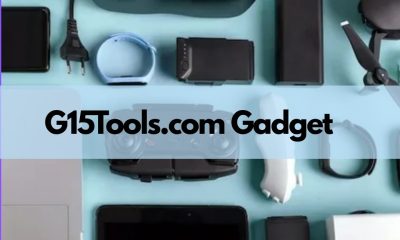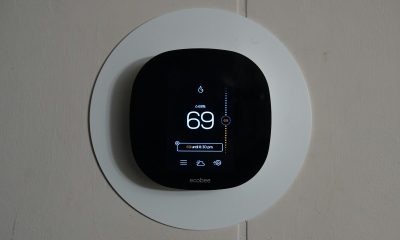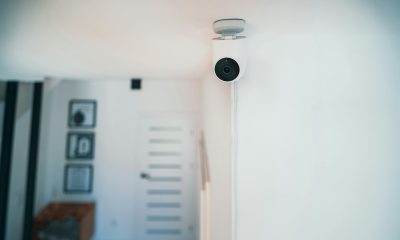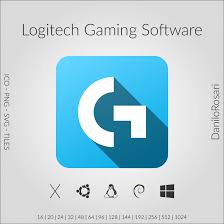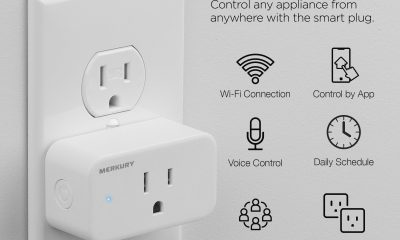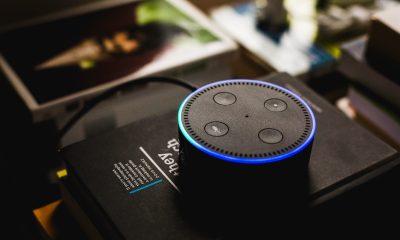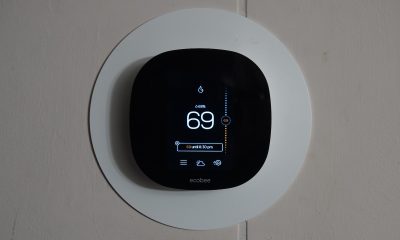Guides
Digital Marketing Strategies
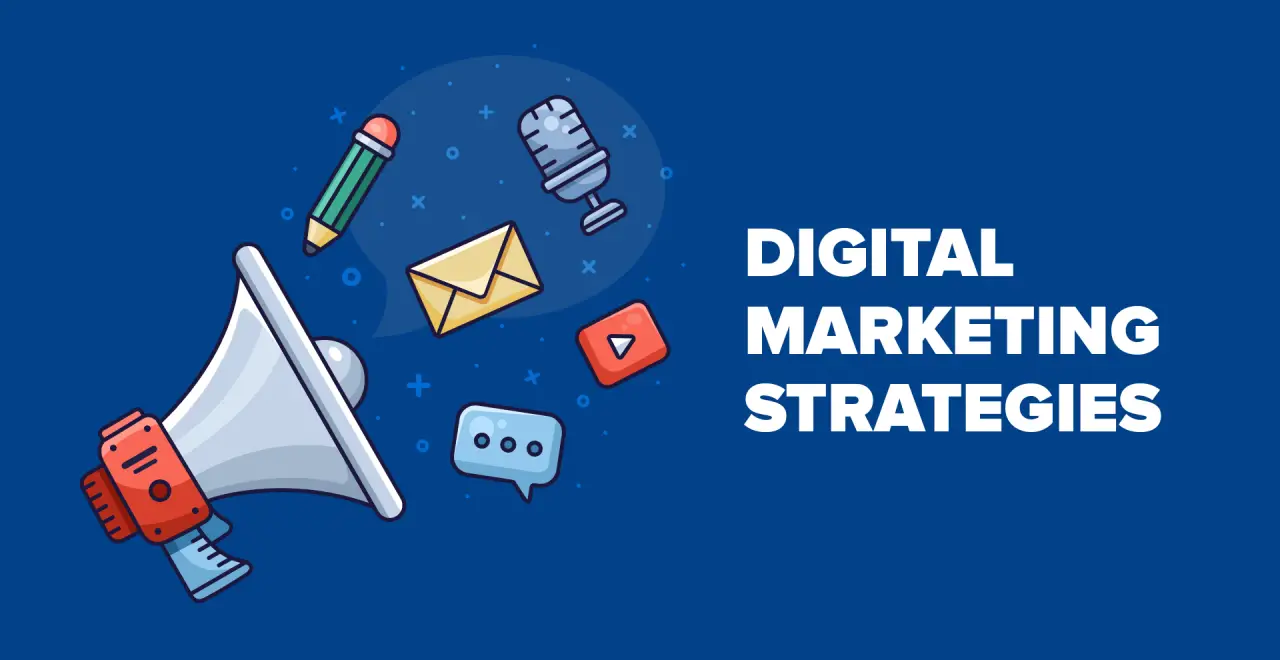
Introduction
In today’s digital world, a strong online presence is essential for any business that wants to grow and succeed. Simply having a website or social media account isn’t enough anymore. Audiences expect value, trust, and personalized experiences, while search engines like Google prioritize content that reflects E-E-A-T—Experience, Expertise, Authoritativeness, and Trustworthiness.
Digital marketing bridges the gap between brands and customers, allowing businesses to connect directly with people where they spend most of their time—online. From SEO to social media, content creation to email campaigns, the opportunities are endless. But the challenge lies in building a strategy that not only attracts attention but also inspires trust and delivers results.
This guide explores digital marketing in detail: what it is, why it matters, the role of EEAT, the best channels to use, and actionable steps to build a strategy that drives real growth.
What Is Digital Marketing?
Digital marketing is the practice of promoting products, services, or brands using online platforms such as websites, search engines, mobile apps, social media, and email. Unlike traditional marketing, digital marketing provides real-time results, measurable performance, and precise targeting.
Its core objective is to:
-
Reach audiences where they are most active.
-
Build meaningful relationships with potential customers.
-
Drive actions such as sales, sign-ups, or engagement.
The Role of EEAT in Digital Marketing
Google emphasizes EEAT as a framework for high-quality content. It’s not a direct ranking factor, but it strongly influences how both users and search engines evaluate your content.
-
Experience: Content created from real, first-hand use or genuine insight.
-
Expertise: Knowledge, qualifications, or professional background relevant to the subject.
-
Authoritativeness: Recognition from others in the industry—mentions, citations, or brand reputation.
-
Trustworthiness: Accuracy, transparency, and credibility. This includes fact-checked information, secure websites, and clear author or company details.
Incorporating EEAT into your digital marketing ensures your audience trusts your content and that search engines recognize it as reliable.
Key Channels of Digital Marketing
Here are the main digital marketing channels businesses use today:
-
SEO (Search Engine Optimization)
Optimizing your website and content so it ranks higher in search results. This drives free, long-term traffic. -
SEM / PPC (Search Engine Marketing)
Paid ads on platforms like Google Ads. These provide immediate visibility and quick results. -
Social Media Marketing
Using platforms such as Facebook, Instagram, TikTok, or LinkedIn to build brand awareness and engage communities. -
Content Marketing
Creating blogs, videos, infographics, or podcasts to educate, entertain, and inform your audience while showcasing expertise. -
Email Marketing
Sending personalized messages to subscribers, often used for nurturing leads and retaining customers. -
Influencer Marketing
Partnering with influencers or creators who already have a loyal following to promote your brand authentically. -
Mobile Marketing
Reaching audiences on their smartphones through SMS, apps, or push notifications.
How to Build a Strong Digital Marketing Strategy
Here’s a step-by-step framework to create an effective digital marketing plan that’s user-friendly and EEAT-compliant:
1. Set Clear Goals
Define what success looks like. For example: increase sales by 20%, gain 1,000 subscribers, or improve website traffic by 30%.
2. Understand Your Audience
Create customer personas. Learn their challenges, goals, behaviors, and online habits. Tailor your campaigns to their needs.
3. Audit Existing Content
Review what you already have. Remove outdated posts, refresh old content, and identify gaps where new content is needed.
4. Research Competitors
Look at what others in your industry are doing well and where they’re lacking. This helps you find opportunities to stand out.
5. Choose the Right Channels
Select platforms that align with your audience and goals. For instance, LinkedIn works best for B2B, while Instagram or TikTok might suit lifestyle or retail businesses.
6. Create EEAT-Friendly Content
-
Share real experiences and case studies.
-
Highlight author credentials or company expertise.
-
Use clear, fact-checked, trustworthy information.
-
Keep content well-structured and mobile-friendly.
7. Launch Campaigns
Plan your content calendar, run ads if needed, and engage with your audience consistently.
8. Track and Measure Performance
Monitor KPIs such as traffic, leads, conversions, and ROI. Use analytics tools to refine your strategy.
9. Build Long-Term Trust
Respond to reviews, update information regularly, and maintain transparency. Trust grows when businesses are consistent and honest.
Best Practices in Digital Marketing
-
Always focus on user intent—what the audience is truly searching for.
-
Write in simple, clear language and avoid unnecessary jargon.
-
Use visuals like images, charts, or videos to increase engagement.
-
Optimize websites for speed, security, and mobile use.
-
Stay consistent with brand voice across all platforms.
-
Encourage reviews, testimonials, and user-generated content to build credibility.
-
Regularly update old content to maintain relevance.
Read More: How to Skyrocket Your SEO with Google’s E-E-A-T
Conclusion
Digital marketing is more than just running ads or posting on social media—it’s about building meaningful connections, solving customer problems, and earning long-term trust. The most successful strategies balance creativity with data, blending SEO, social media, content, and email marketing into one cohesive plan.
By focusing on EEAT principles—Experience, Expertise, Authoritativeness, and Trustworthiness—you create a foundation that resonates with users and satisfies search engines. This ensures your content not only ranks well but also delivers genuine value.
Remember: the digital world is constantly changing. Trends come and go, algorithms evolve, and consumer behaviors shift. What stays constant is the need to stay authentic, transparent, and user-focused. When you align your strategy with these values, you position your brand not just to survive online—but to thrive.
FAQs
1. What are the main components of a digital marketing strategy?
A strong strategy includes clear goals, audience research, the right channels, content creation, campaign execution, and performance measurement.
2. How does EEAT impact digital marketing?
EEAT improves credibility and trust. Content that demonstrates real experience, expertise, authority, and trustworthiness is more likely to rank higher and attract loyal audiences.
3. Which digital marketing channel works best?
It depends on your goals. SEO and content are ideal for long-term growth, while paid ads and social media provide faster, short-term results.
4. How can small businesses succeed in digital marketing?
By focusing on local SEO, niche expertise, authentic storytelling, and cost-effective channels like social media and email. Small businesses can compete by being more personal and agile.
5. What metrics should I track in digital marketing?
Track website traffic, engagement rates, conversions, cost per acquisition, return on ad spend, and customer retention to measure success.
-

 Gadgets2 years ago
Gadgets2 years agoDoes Nest Thermostats Contain Cameras Or Microphones? Is It Safe For you?
-

 Guides1 year ago
Guides1 year ago10 Best Apps To Control All Your Smart Home Devices.
-

 Gadgets2 years ago
Gadgets2 years agoWhat Is The Purpose Of Red Button On The SimpliSafe Keypad?
-
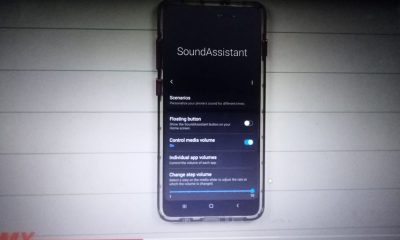
 Gadgets2 years ago
Gadgets2 years agoComplete Guide About Equalizer settings for Samsung-Soundbar
-
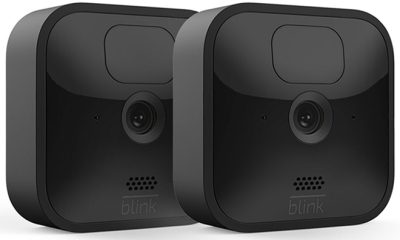
 Accessories2 years ago
Accessories2 years agoBlink Camera’s Temperature Sensor Settings, and More
-

 Solutions3 years ago
Solutions3 years agoWhy is My Samsung TV Picture So Dark? Exploring the Possible Causes
-

 Gadgets3 years ago
Gadgets3 years agoFitbit Symbols Meaning: What Do The Fitbit Icons Mean?
-

 Accessories2 years ago
Accessories2 years agoCan Siri Control Samsung Televisions And Are Samsung TVs Homekit Compliant?
